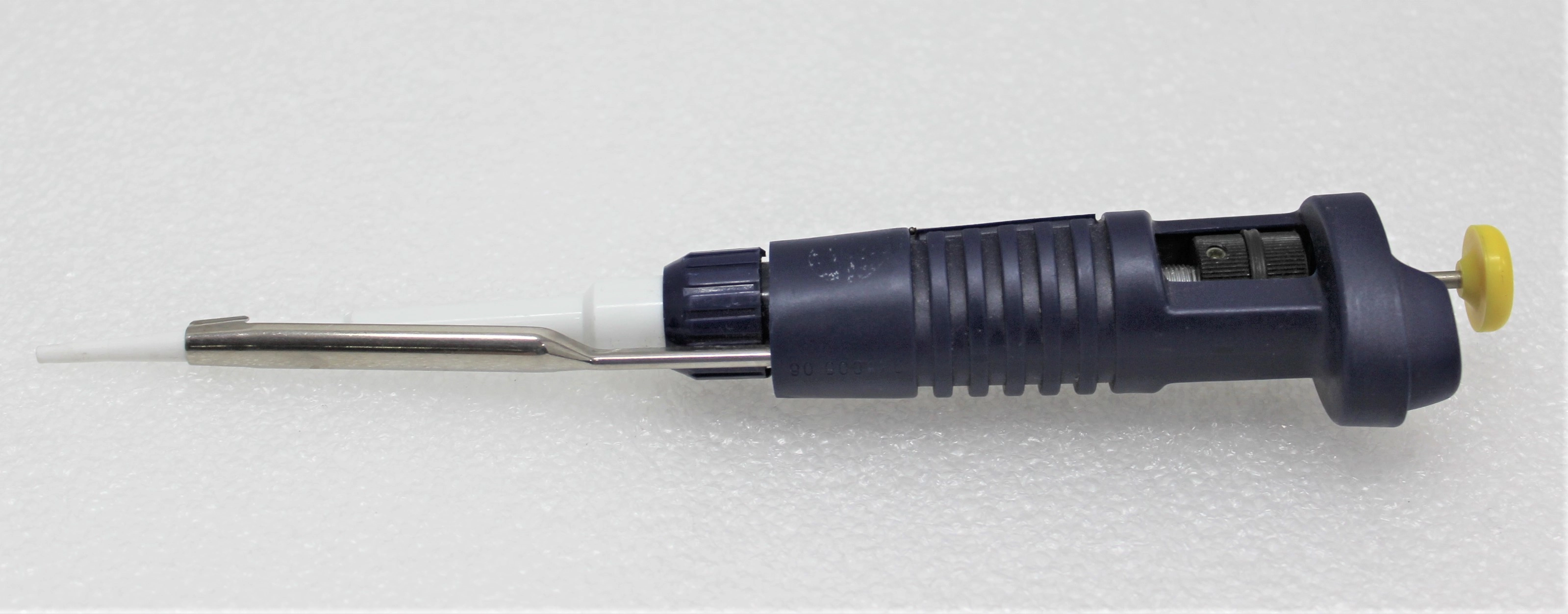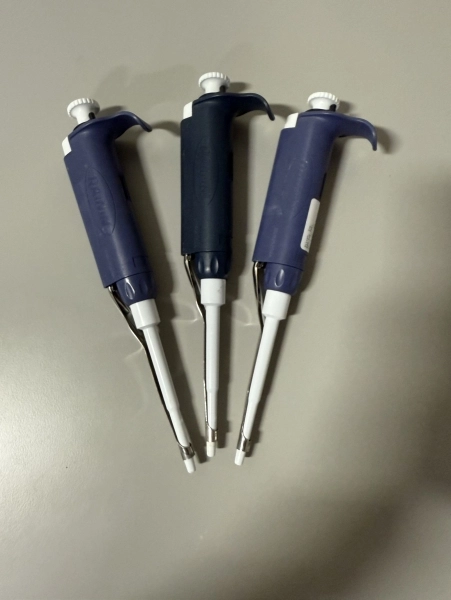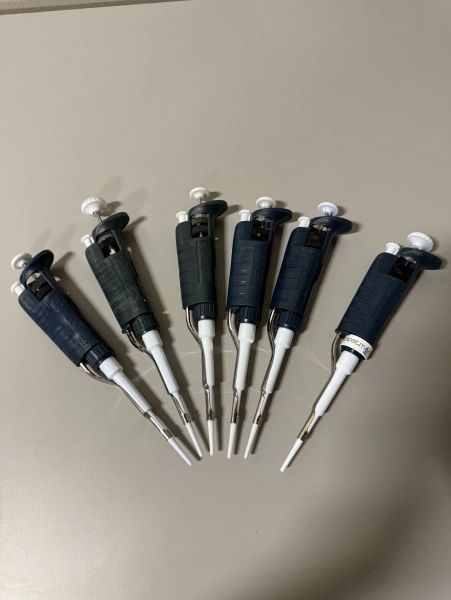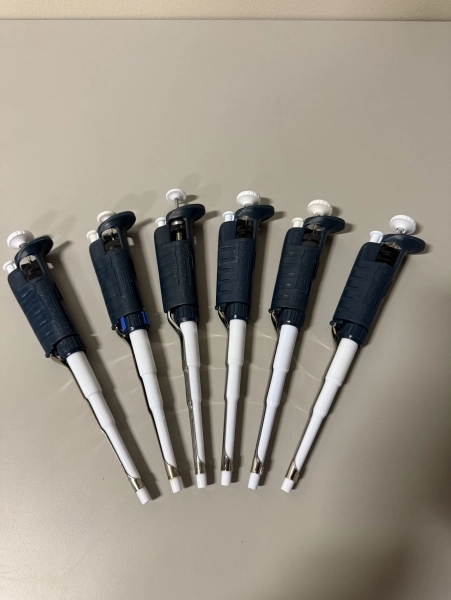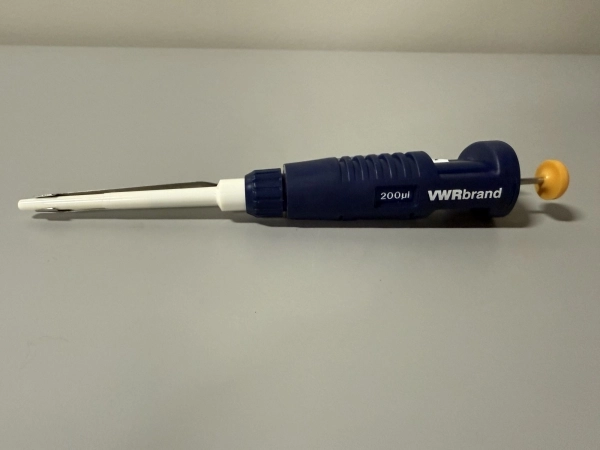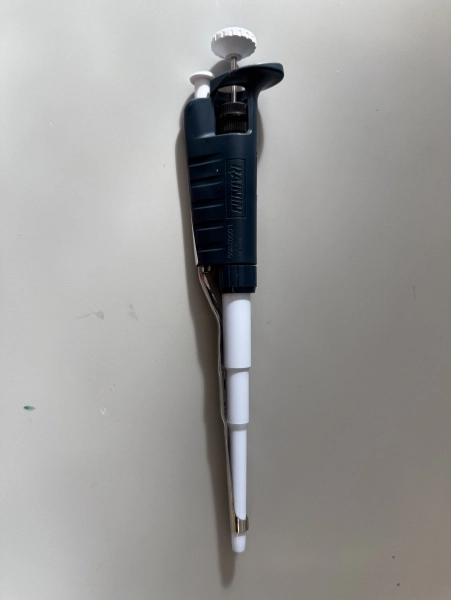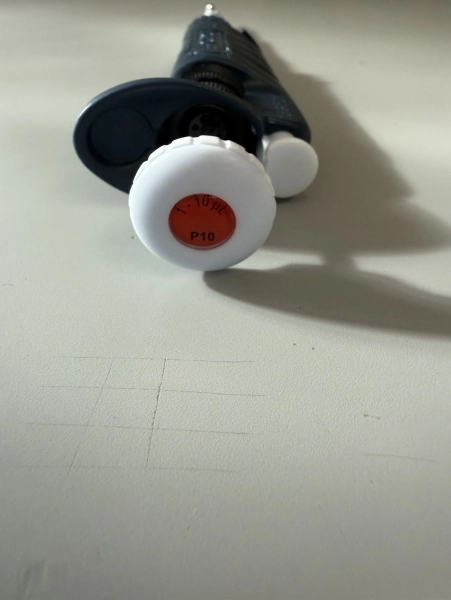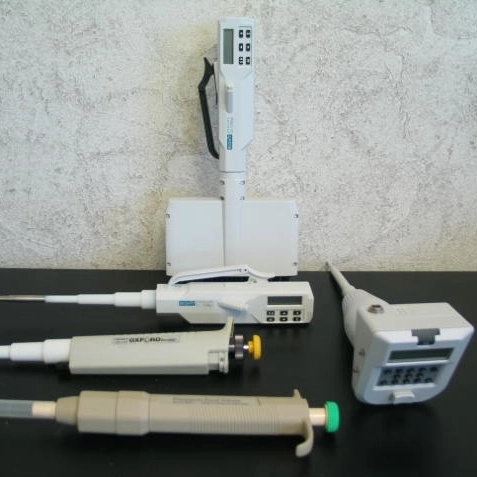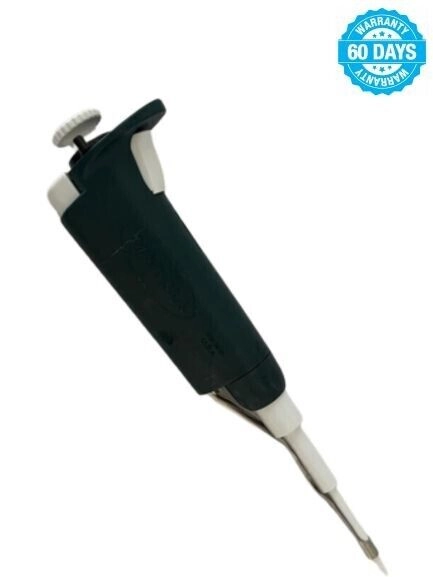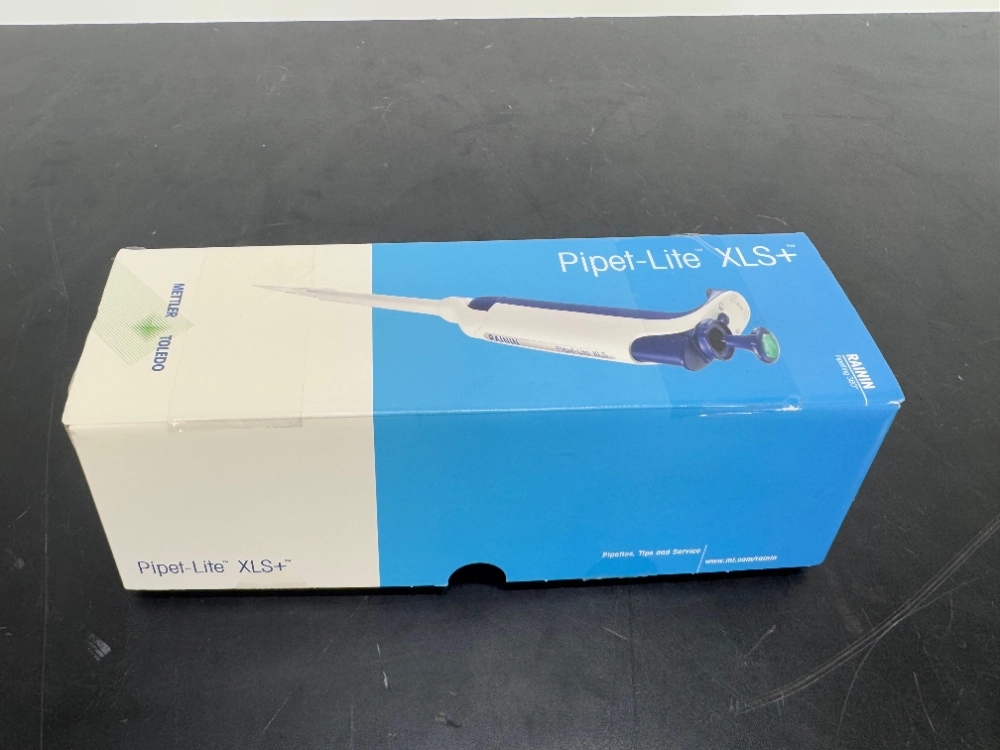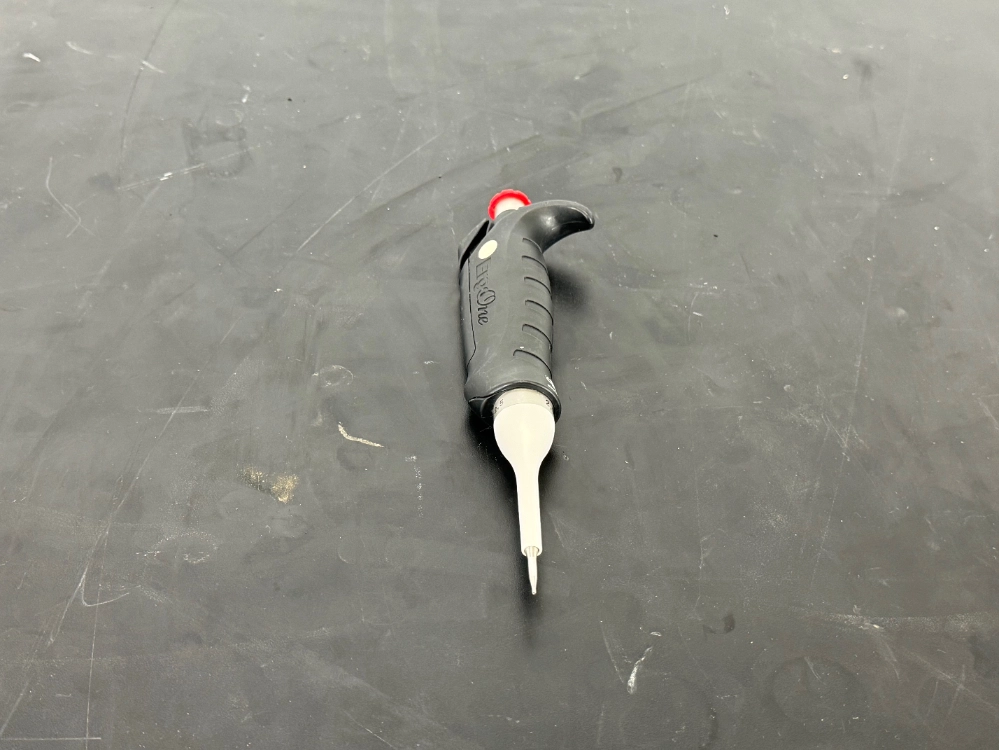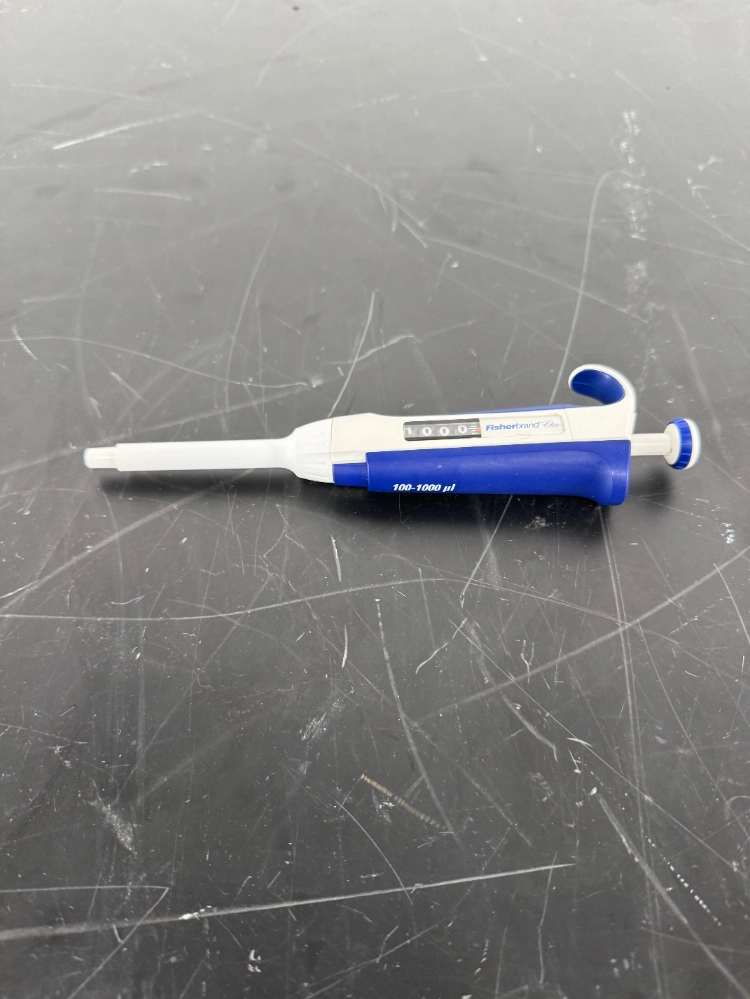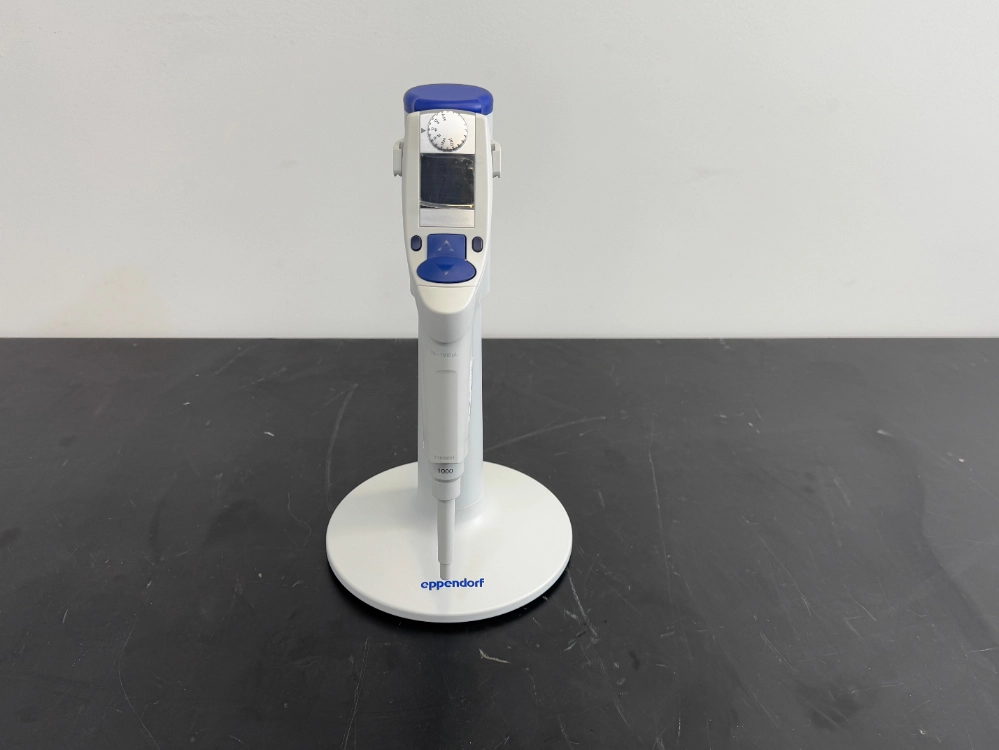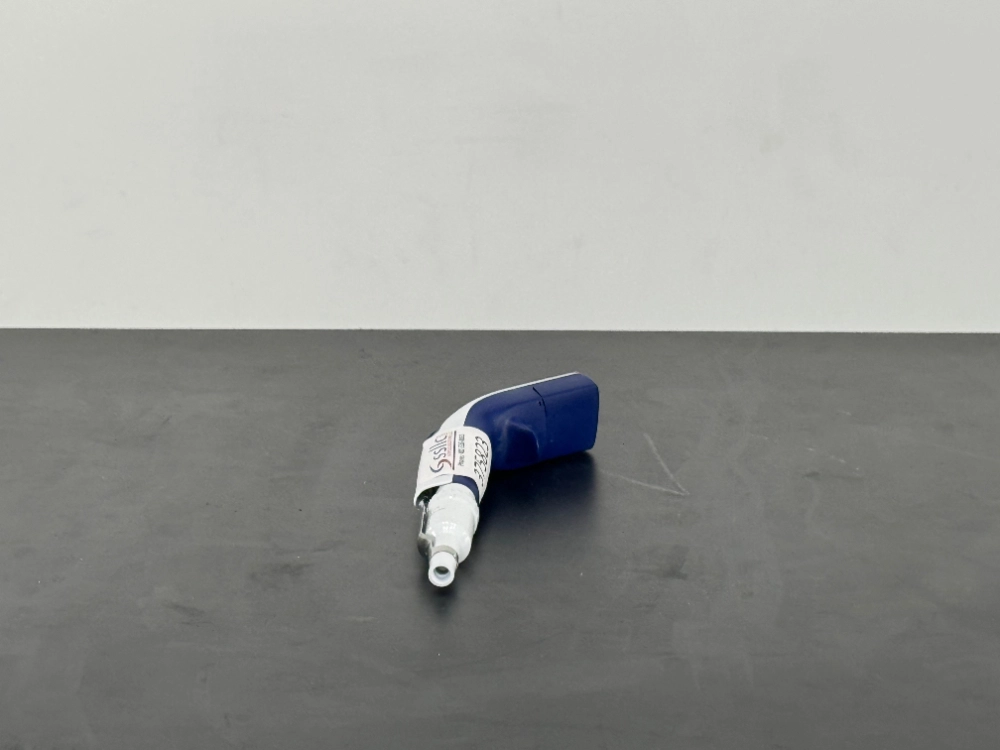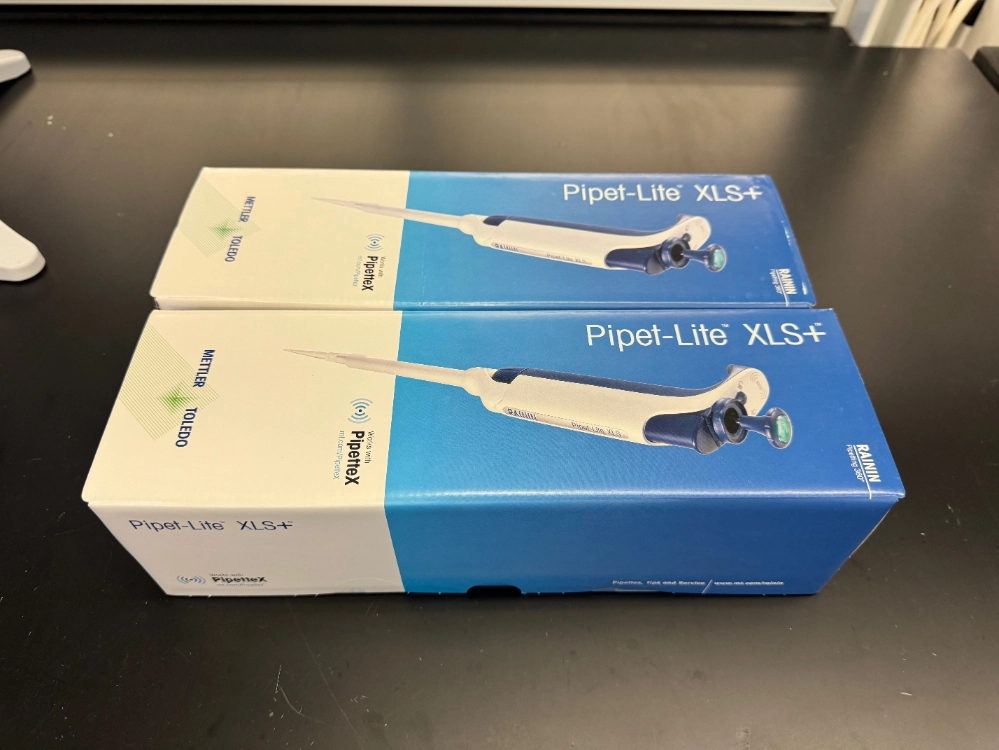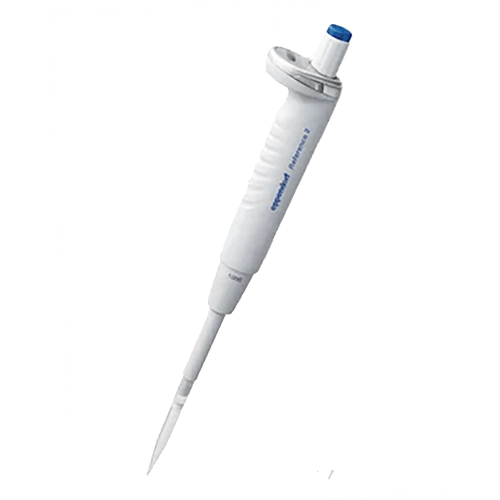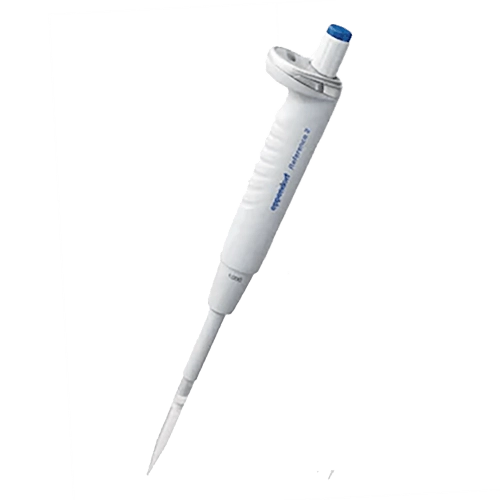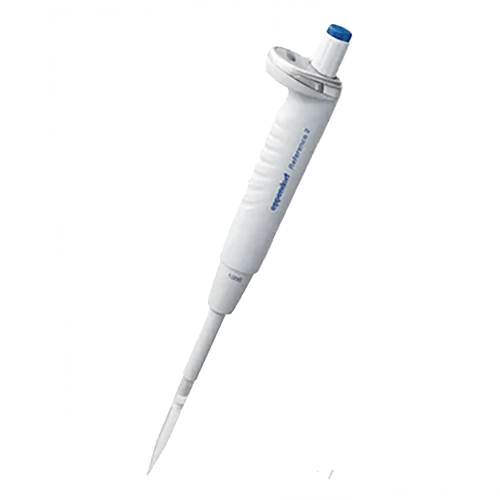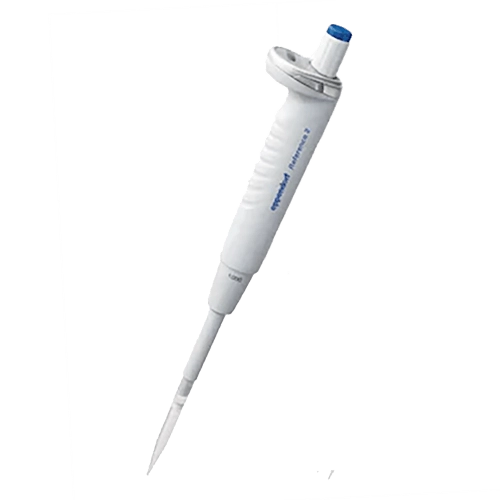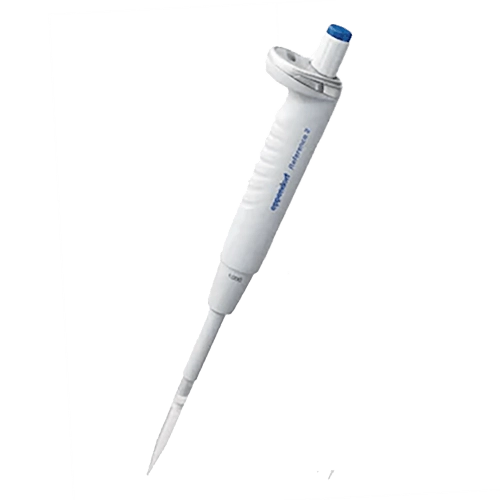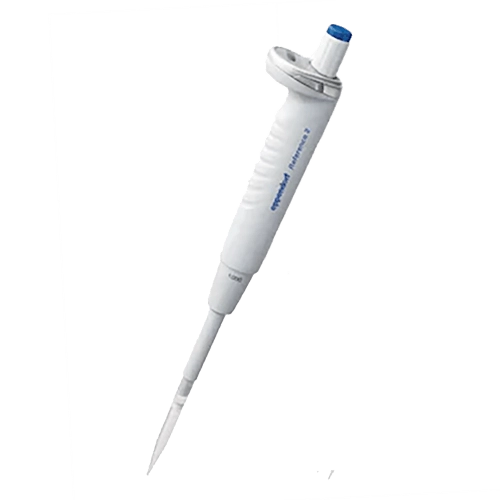The Single Channel Pipette is a highly precise laboratory tool for accurate liquid handling. These pipettes are essential in various laboratory applications, including molecular biology, biochemistry, and clinical diagnostics. Below is a detailed product description highlighting key features and specifications of single-channel pipettes from leading brands like Eppendorf and Rainin.
Volume Range: Single-channel pipettes are available in a wide range of volumes. For example, the Eppendorf Reference 2 pipette series offers volume ranges from 0.25 µL to 10 mL, making them suitable for diverse applications.
Precision and Accuracy: These pipettes are designed to deliver high precision and accuracy. The Rainin Pipet-Lite XLS+ model provides a volume range of 100-1000 µL and is compatible with standard tips, ensuring reliable and repeatable results.
Ergonomic Design: Ergonomics is a crucial aspect, reducing user fatigue during extended use. Models like the Rainin E4 XLS+ feature an electronic system and ergonomic design for enhanced comfort and efficiency.
Durability: Single-channel pipettes are constructed to withstand rigorous laboratory use. Eppendorf pipettes, for example, are known for their robust build quality and longevity.
Ease of Use: These pipettes often feature user-friendly designs, including single-button operations for dispensing, blow-out, and tip ejection. The Eppendorf Reference 2 series is notable for its intuitive operation and easy-to-read display.
Compatibility: Many single-channel pipettes are compatible with a variety of tips, including universal and low-retention tips. This ensures versatility in handling different types of liquids and samples.
Calibration: Regular calibration is essential for maintaining accuracy. Leading brands offer comprehensive calibration services to ensure the pipettes remain precise over time.
Applications: Single-channel pipettes are used in tasks such as PCR, ELISA, cell culture, and various types of assay preparations. Their precise volume control and ergonomic design make them indispensable in any laboratory setting.



